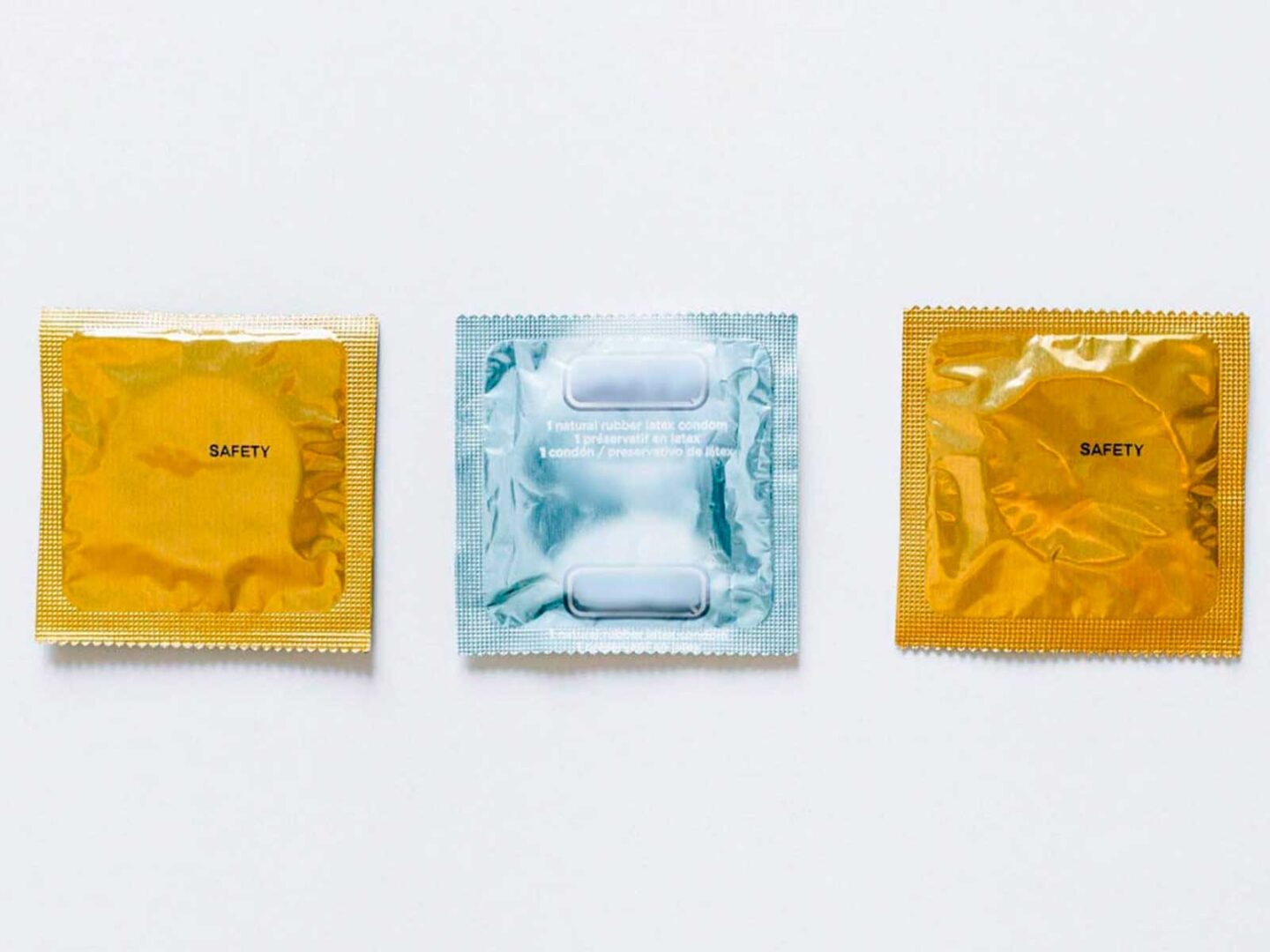Condoms, those eternal allies of safe sex, are losing their place. You used to see them on every street corner: pharmacies, supermarkets, vending machines, your flatmate’s drawer, even in the bathroom of a discotheque. However, the WHO has just released a report revealing that condom use among young people has dropped dramatically from 70% to 61% between 2014 and 2022. And it’s not just a number, it’s a warning sign that goes hand in hand with the rise of sexually transmitted diseases (STDs) globally.
In the United States, syphilis has reached epidemic levels – yes, the same one that nearly crippled the porn industry – while in Norway, chlamydia is so common that a 7Eleven ad dared to christen the country ‘The Land of Chlamydia’. What’s worse, a third of the teenagers surveyed don’t even bother to use any form of contraception, neither condoms nor pills.
We already knew that Gen Z is the least sexually active generation, but now they also seem to be the least prepared for when they do decide to do so. The root of the problem: sex education is conspicuous by its absence. And no, it’s not a question of age; it’s a question of access and knowledge. According to UNESCO, 71% of 15-24 year olds seek sex education on the internet.
Despite all this, condoms have managed to carve a niche in pop culture. There is the Durex x Diesel collaboration in the FW23 fashion show as proof that condoms can still be cool. But the reality is that they continue to fall out of favour, with many justifying it because of the supposed ‘discomfort’ they cause. However, when you weigh a couple of seconds of discomfort against the consequences – an unplanned pregnancy or a scarring STD – that excuse falls pretty short, doesn’t it?
Sigue toda la información de HIGHXTAR desde Facebook, Twitter o Instagram
